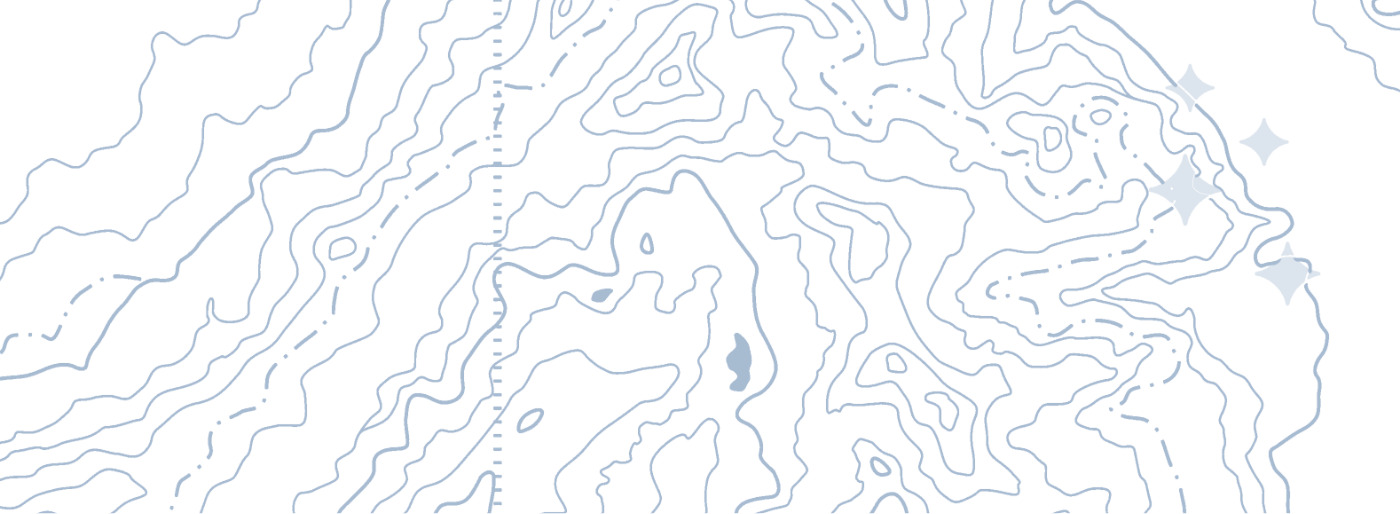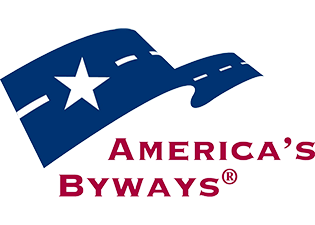Whale Watching in the Puget Sound
Cascade Loop visitors can hope to see whales and porpoises while exploring the regions of the Loop with access to the Puget Sound:
Each area has abundant access to the open saltwater and guide services to help travelers have the best opportunity to view sea life up-close and personal. Island Adventures and Anacortes Kayak Tours are great options when in the Skagit Valley, the San Juan Islands and Seattle NorthCountry, and Whidbey Island Kayaking when on the Whidbey Scenic Isle Way
All whales, dolphins and porpoises fall under the collective name, Cetacean. Cetaceans can then be divided into two categories; baleen whales, and toothed whales.
Baleen whales are the largest animals on Earth yet they have baleen plates in their mouths instead of teeth which allow them to filter feed on some of the smallest animals in the ocean. When baleen whales open their mouths, water and prey, such as krill or small fish pour in. The water pours right back out but the baleen traps the food in the whale’s mouth, ready to swallow. They migrate annually and females tend to be larger than the males. Baleen whales have two exterior blowholes and can often be identified by the shapes of their “blows,” which take place when the warm air being expelled from their lungs vaporizes as it meets the colder surface air. Puget Sound Baleen Whales: Gray Whale, Humpback Whale and Minke Whale.
The vast majority of whales and dolphins, however, belong in the toothed category who feed on prey just like most carnivores. These include the beaked whales, dolphins and porpoises. They navigate, hunt and chase prey using echolocation. Most toothed whales live in groups, called pods. They don’t usually migrate and males are larger than females. Toothed whales have one exterior blowhole. Toothed Whales in Puget Sound include: Dall's Porpoise, Harbor Porpoise, Orca Whales, Sperm Whales.
Clean inland waters with healthy, abundant sea life in animal and plant form are essential for the well-being of whale, dolphin and porpoise populations.
Learn more about where to see whales when you are on the Loop with and without a boat! Click here for our Blog: A Whale of a Tail!
Sources: NOAA, us.whales.org, Seattle Aquarium



















